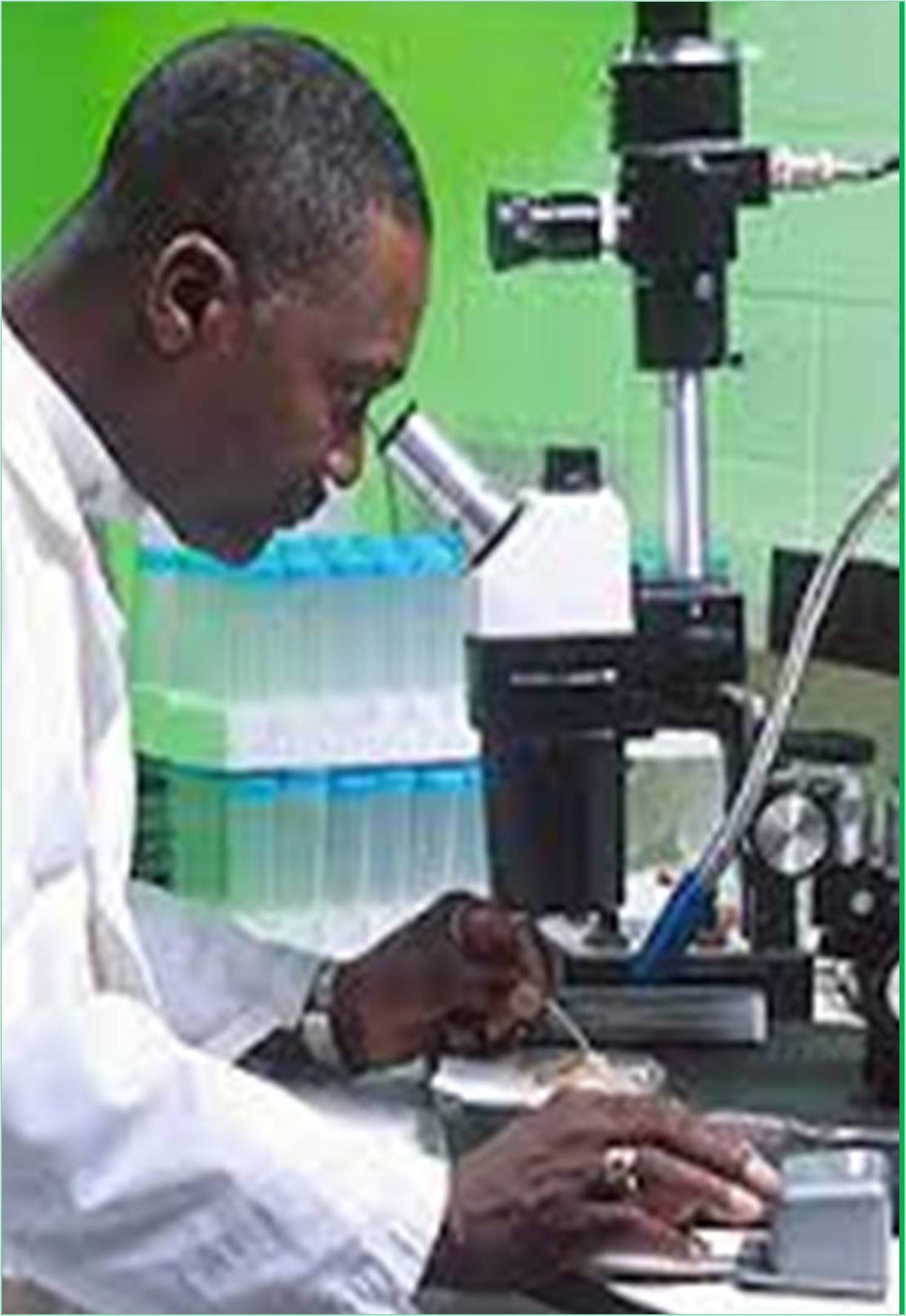



Received: 06-Jul-2022, Manuscript No. GJMR-22-71648; Editor assigned: 11-Jul-2022, Pre QC No. GJMR-22-71648 (PQ); Reviewed: 26-Jul-2022, QC No. GJMR-22-71648; Revised: 05-Aug-2022, Manuscript No. GJMR-22-71648 (R); Published: 12-Aug-2022, DOI: 10.15651/2449-1799.22.10.415
Bacteriophages are specific bacteria-infecting viruses. Phage is available in a wide range of dimensions and forms. They are classified worldwide according to their morphology and genomic type, too. Each phage particle includes a single kind of protein-coated nucleic acid and safeguards the genetic code. 90% or more of phage also have a tail, which allows for unique recognition of a receptor on the host bacterium's surface. Phage is now acknowledged as the most prevalent biological species. That exists in our world and has significant impacts on microbiological life spans and ecological stability. Bacteriophages have been planned as a substitute technique to manage bacterial pathogens. Several studies on the successful application of bacteriophages in various industries, including food safety, agriculture, aquaculture, and even human health, have been released in recent years. Nowadays, many businesses are selling therapeutic bacteriophages or bacteriophage-based products. But before bacteriophages are extensively employed to combat pathogenic bacteria, there are still issues to be solved with this technology. The development of effective processes for bacteriophage manufacturing is one significant barrier. To date, a number of models for bacteriophage production have been developed, some of which have undergone experimental evaluation.
It's critical to understand the relationship between gaining knowledge of how phages function in their surroundings and how a phage's probable life cycles and how it reproduces interact with its surroundings, which impacts how well it engages in bacterial and archaeal biology performance. The lytic life cycle is where phages infect and rapidly eliminate their infected host cells, thereby shaping bacterial population dynamics and occasionally assisting in their long-term evolution via generalized transduction. In the lysogenic life cycle, phages, rather than eliminate their hosts, integrate into their host genome or exist as plasmids within their host cell.
This lysogenic life cycle can be stable for thousands of generations and the bacteriophage may modify the phenotype of the bacterium by expressing genes that are not communicated in the typical course of infection in a method known as lysogenic transformation. A well-known example of this is the gene associated with Vibrio cholerae, which encodes the toxins that cause cholera symptoms. Phages may also be pseudolysogenic.
The use of bacteriophages has been scheduled as an alternative method to control pathogenic bacteria. In recent years, several reports have been published about the successful use of bacteriophages in different fields, such as food safety, agriculture, aquaculture, and even human health. Many companies are now commercializing bacteriophages or bacteriophage-based products for therapeutic purposes. Soon after their discovery, Twort and d’Hérelle began to use phages in the handling of human bacterial diseases such as bubonic plague and cholera. Phage treatment was not successful, after the finding of antibiotics in the 1940s, it was nearly abandoned. However, with the rise of antibiotic-resistant bacteria, the therapeutic probable of phages has received renewed attention. There are countless phage varieties, each of which can infect just one or a few different types of bacteria or archaea.
There are several different types of phage, and each one can only infect one or more unique bacterial or archaeal species. Phages are grouped into a number of viral families, some of which include the families Inoviridae, Microviridae, and Rudiviridae. Similar to Tectiviridae. Like all infections, pages have basic structure animals with a strong genetic component covered by a protein shell. The nucleic acid might be either DNA, both single-stranded and double-stranded RNA, or both single-stranded. There are three main structural categories a phage with a tail and an icosahedral head; a body without a head; and a filamentous method.